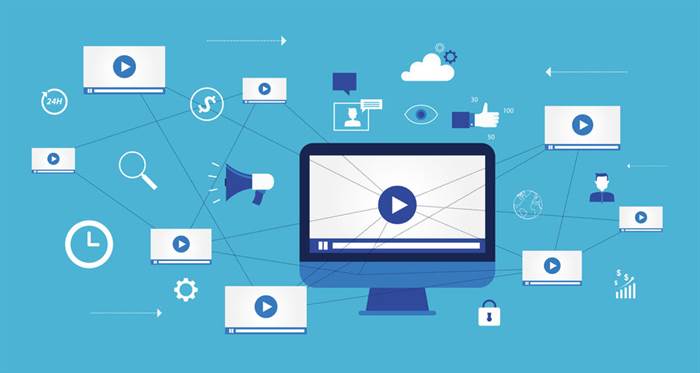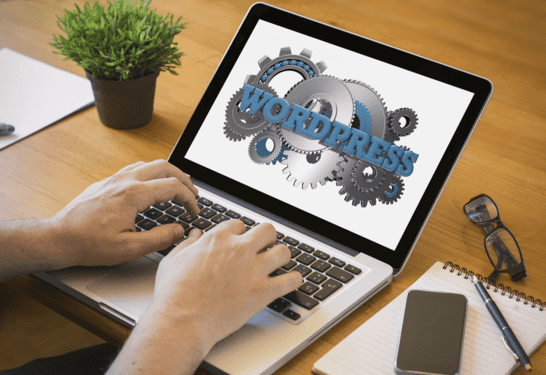An organization that is looking to shorten its software delivery cycle and improve the agility of its development teams may be better suited for DevOps. The integrated system created by ALM is more efficient than a collection of unconnected tools and processes spread across various teams. This integration also benefits organizations by improving communication and collaboration and aligning software objectives with any business value or corporate goal. Maintenance is frequently the longest stage of application lifecycle management, but it can also require the least participation from the development team if previous steps were effective. SpiraTeam is the premier ALM system that manages your requirements, releases, tests, issues, and tasks in one integrated environment.

If you want to take full advantage of the agility and responsiveness of DevOps, IT security must play a role in the full life cycle of your apps. All content on this website, including dictionary, thesaurus, literature, geography, and other reference data is for informational purposes only. This information should not be considered complete, up to date, and is not intended to be used in place of a visit, consultation, or advice of a legal, medical, or any other professional. So get familiar with my thoughts if you read the first time about ALM in my blog.
ALM = Application Lifecycle Management
ALM tools also prioritize the various team goals and help define the various skill sets needed for different processes. Development of the product begins once the team agrees on the requirements. The product moves from an idea and design to a real, working application in this stage. At the start, the development team must break down the application requirements into pieces and phases to create a development plan. The majority of people in a production facility, plant or managed infrastructure will consider ALM as the way to optimize the lifecycle of assets.
- Testers should begin preparing their test cases and testing environments before the product is formally released.
- Finally, ALM helps ensure that all teams — including development, operations and security — can collaborate effectively to produce the best possible software.
- ALM covers the entire life of an application, from the initial idea until the end of life.
- The deployment stage involves the release of the product to users.
Application lifecycle management supports agile and DevOps development approaches by integrating these disciplines together and enabling teams to collaborate more effectively for your organization.. Software development lifecycle (SDLC) refers to the processes or procedures involved in creating a high-quality software product. Application lifecycle management is similar to SDLC, but it incorporates a larger range of processes.
Spira Helps You Deliver Quality Software, Faster and with Lower Risk.
While ALM covers the entire application lifecycle, SDLC only focuses on the software development process. In other words, ALM includes all five stages of the app’s lifecycle — requirements, development, testing, deployment and maintenance — but SDLC only includes one stage — development. ALM tools essentially function as project management tools that help you bring people and processes together. Look for a tool that includes version control, the ability for teams to communicate in real time, requirements management features, estimation and project planning, source code management, and test management.
This means optimizing the execution of the plant, when to service or replace an asset ? Sounds a lot like ERP and as it has direct measurable impact on finance, it is the area that gets most of the attention by the management. A lot has changed since the Agile Manifesto was published and before organizations realized that their previous waterfall approach to software development was inefficient and prone to scope creep, cost overruns, and missed deadlines. Before this shift, each of the disciplines that made up the overall software process was completely separate. Requirements definition and design — sometimes known as governance — is an important stage of the application lifecycle.
Open source
In parallel to what happened with ERP, the standard business line functions of HR, Finance, and other enterprise functions are also becoming intertwined with ALM / PLM systems. The timesheets entered by a developer to mark the time spent fixing a bug or implementing a feature may need to be billed to a client, or used to determine that quarter’s hiring needs. You’ll know how many requirements have been met — and how many remain. You’ll know how far along your product development (or sprint) is and what has been tested. Those efforts are repeated until the product is ready for release.
Requirements can include a range of factors, from the business needs of the stakeholders to compliance and governance requirements. When you maintain your assets only in a MRO system, it is similar like in a manufacturing company when only using an ERP system. You have the data for operations, but you do not have the process in place to manage the change and quality of data. In the manufacturing world this is done in PDM and PLM system and I believe owners/operators of plant can learn from that. Because ALM involves such a wide range of variables, processes, people, purposes, and more, dedicated tools are typically used to ensure that everything maintains organization, compliance, and communication between teams.

They also have a single source of truth providing any relevant context they need to make the right decisions quickly. Find out how solutions designed to cover the entire application lifecycle will help you deliver quality software faster. By combining and organizing the elements of an application’s lifecycle, ALM improves product quality, optimizes productivity and eases the management and maintenance burden for related products and services.

ALM and DevOps are two approaches in software development with similar goals but different focuses. Despite it still being relatively new, ALM is a more traditional approach that focuses on the entire application lifecycle, from conception to retirement. It uses processes, tools, and what is alm technologies to manage requirements, design, development, testing, deployment, and operations. ALM, which stands for Application Lifecycle Management, is the specification, design, development, and testing of a software application through a system of people, tools, and processes.










